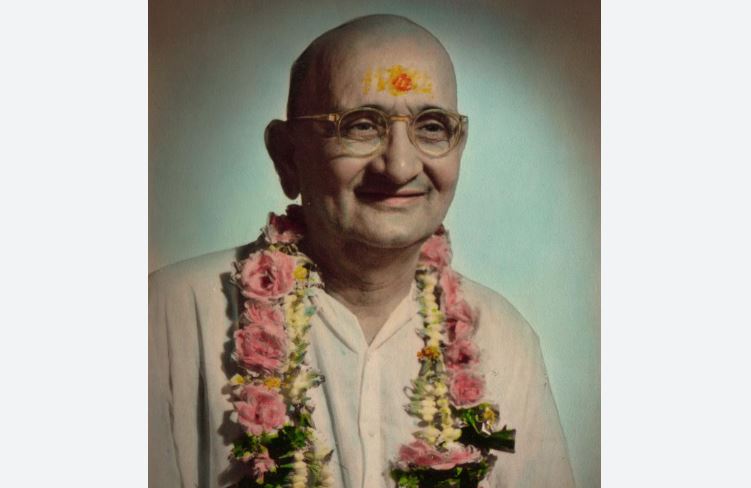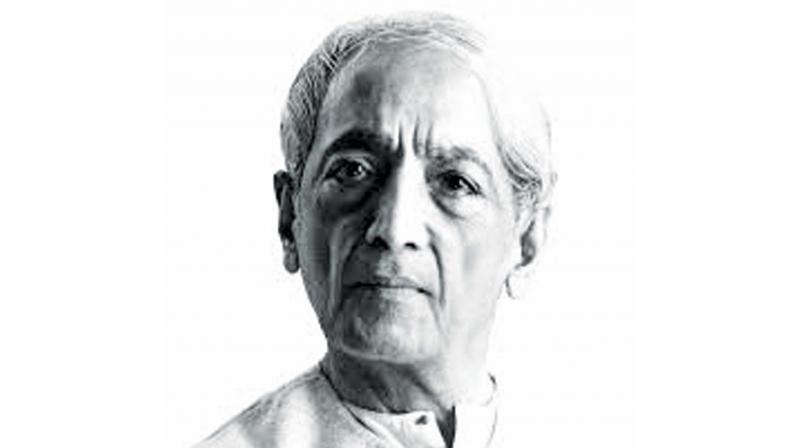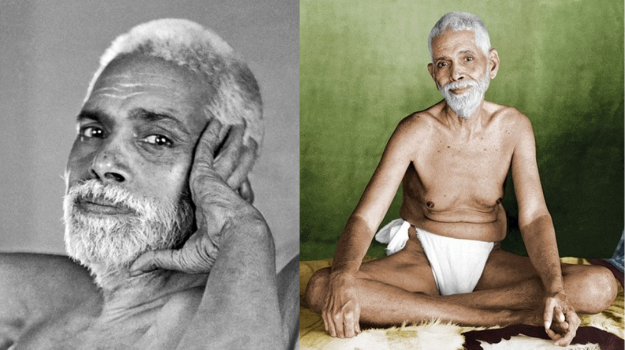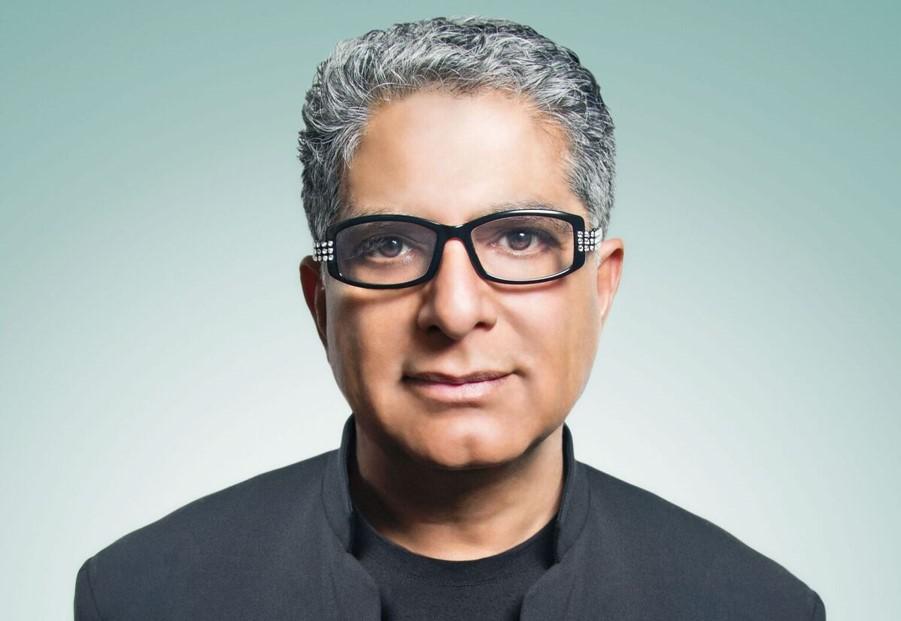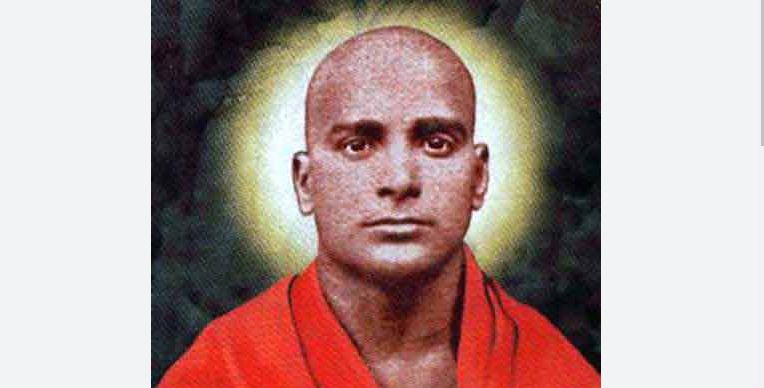
It was on Deepavali day that Sri Rama’s coronation took place after his victorious return to Ayodhya from Lanka vanquishing Ravana and his Rakshasa brood. For a long period Ayodhya had been plunged in darkness when Rama was in exile in the forest. In the absence of the effulgent Rama, Ayodhya was a city of darkness.
The forests were filled with light. The return of Rama was hailed by the people of Ayodhya as the return of divine effulgence and hence they celebrated the event by the lighting of lamps everywhere.
It is also a joyous festival to celebrate the destruction of the demon Narakasura by Sri Krishna. Today is the day on which Naraka, the demon was killed. What does this event signify? It signifies killing the demon in man. ‘Nara’ means man and ‘Asura’ means demon. This demon is present in every human being.
It is not necessary to acquire great Astras and Sastras (weapons) to kill this demon. Man is called ‘Nara’ because there is Atma in him. That Atma is the embodiment of love. It is possible to kill the demons only through love. Therefore, realize the Atma Tathva and develop love. This is true Bhakti (devotion).
We celebrate such a sacred event of killing the demon Narakasura as a festival by preparing so many delicious dishes and feasting on them.
But, we are not making any effort to understand the inner meaning of this sacred event. In order to understand the sanctity of this great event, we must join Satsanga (good company).
You should not lead a life of selfishness. That is the life of a Vyashti (individual). That is a wasteful life. It is only in Samashti (community) life, can you realize divinity. You must lead a happy life by identifying yourself with Samashti (society).
In fact, Samashti is the embodiment of divinity. Give happiness and take happiness. Happiness is not a one-way traffic, it is a two-way process of give and take. Speak good words. Develop Samyak Drishti (sacred vision). Lead a life of purity. Make your life sanctified.
Deepavali is also a festival which is designed to celebrate the suppression of the Ego by the Higher Self. Man is plunged in the darkness of ignorance and has lost the power of discrimination between the permanent and the evanescent.
When the darkness of ignorance caused by Ahamkara (the ego-feeling) is dispelled by the light of Divine knowledge, the effulgence of the Divine is experienced.
The lights lit on Deepavali day remove only the external darkness and not the darkness within man. Even when the sun shines brightly, his light cannot dispel the inner darkness.
For instance, if you want to light a lamp, you need a container. You have to fill it with oil and place a wick in it. You need a matchbox to light the wick. Only when you have all the four accessories can you light the lamp. The lamp cannot be lit if any one of them is lacking. This lamp dispels the external darkness. As the wick burns, the oil is consumed.
When the oil is exhausted the flame goes out. Saint Ramadas compared human life to a lighted lamp and declared in one of his songs that when the oil of life ebbs away, neither the wick nor the light will follow the departed.
The flame of a lamp has two qualities. One is to banish darkness. The other is a continuous upward movement. Even when a lamp is kept in a pit, the flame moves upwards.
The sages have therefore adored the lamp of wisdom as the flame that leads men to higher states. Hence, the effulgence of light should not be treated as a trivial phenomenon. Along with lighting the external lamps, men should strive to light the lamps within them.
Satya Sai Baba

